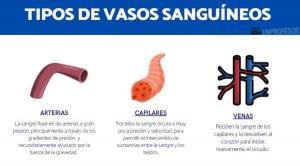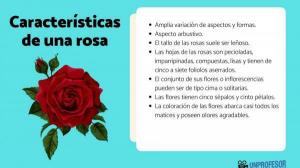PORIFEROS characteristics

The poriferous or sea sponges They are a phylum of animals out of the ordinary, since they do not have real tissues or movement capacity, like the rest of animal species. It is for this reason that for a long time they were classified as plants. In this lesson from a TEACHER we will talk about poriferous characteristics and how they reproduce. If you want to know more about these curious animals, join us!
Water enters the canals through inhalant pores called ostioles in the pinacoderm, which is the outermost cell layer. Once inside, the water passes through the choanocytes, where the particles are captured and digested. The particles are taken up by the choanocytes by a process of phagocytosis (80% of ingested organic carbon) or pinocytosis. Other cells that participate in feeding are pinacocytes and archeocytes.
There are 3 main body designs in sponges, depending on the arrangement of their choanocytes:
- Asconoid: is the simplest design, in which the choanocytes are in a large chamber called a spongocele
- Siconoid: the coaanocytes are in the channels.
- Leuconoid: Choanocytes are found in differentiated chambers.

Porifers possess asexual or sexual reproductionl.
Asexual reproduction
Sponges are able to repair your wounds and damaged parts in a process known as regeneration. Regeneration does not imply the reorganization of the whole body, but only of the part that has suffered the damage.
However, the cells or fragments of the individual that participate in this regeneration process are reorganized, both in their function and in their structure. If a species is cut into fragments or aggregates, new sponges can form from these. This process has been called somatic embryogenesis.
The asexual reproduction It can also be produced by bud formation. The outer buds, after having reached a certain size, can detach from the body that originated them and give rise to a new individual or remain united to form a colony. The internal buds or gemmules are formed in sponges of fresh water and some of salt water. In them the archaeocytes they gather in masses surrounded by spongy with siliceous spicules. When the parent organism dies, the gemmules can remain dormant, enduring frost or droughts, until giving rise to a new individual.
Sexual reproduction
Most species of sponges are monoecious (hermaphroditic). Sperm arise from modified choanocytes. In calcareous sponge species and in some demosponges, the oocytes also arise from a transformation of the choanocytes and, in other demosponges, from the archaeocytes.
In most species, one individual leaves the sperm in the water and then they are collected in the channels of the other and transported to the oocyte. Most sponges are viviparous, developing the zygote inside, until the ciliated larvae give birth.

Image: Slidewiki



